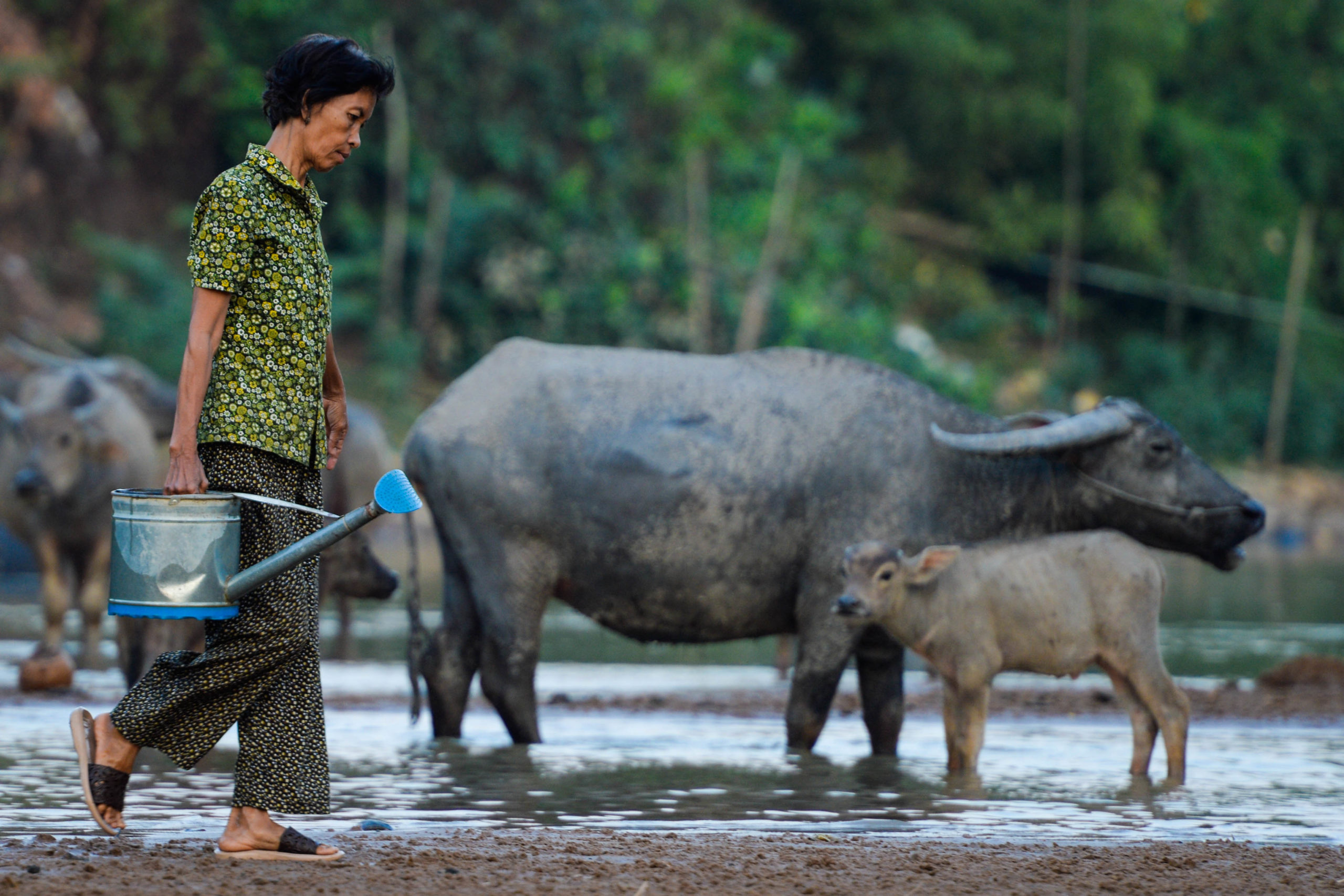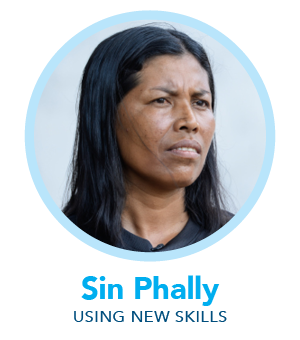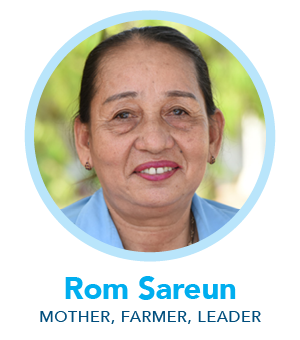
Empowering Women Leaders in Water Basin Management
Female leaders lend their voices to efforts by the USAID-funded Sustainable Water Partnership to enhance water security in Cambodia.
As in many countries, women in Cambodia are the primary collectors, users and managers of water. In addition to overseeing household water use, women comprise a significant portion of the roughly two-thirds of Cambodians who work in smallholder farming, and who thus depend on water for their livelihoods. Yet at the same time, social norms in Cambodia often deprive women of participation in decisions about water security.
For the USAID-funded Sustainable Water Partnership (SWP), engaging women and other marginalized groups is an important element of the Water Security Improvement (WSI) process. This process helps build the capacity of stakeholders to address water-related risks in a specific geographic area, such as a basin, sub-basin, or catchment. In central Cambodia’s increasingly water-stressed Stung Chinit Watershed, SWP is engaging local stakeholders to improve water security by finding ways to address the impacts of climate change, deforestation and agrochemical pollution.
Guided by a stakeholder analysis and subsequent stakeholder engagement process outlined by SWP thought leaders in 2018, SWP identified 17 local female leaders (and 13 male leaders) within the Stung Chinit Watershed to participate in leadership capacity building trainings. These trainings sought to strengthen participants’ communication, negotiation, financial management, collaborative decision-making, facilitation and conflict resolution skills.
Click an image below to read more about the women working with the Sustainable Water Partnership to enhance water security in Cambodia. Photos By: Jeremy Holden.



Many of the women who received the training are also participating in SWP-led water-risk working groups and the Stung Chinit River Basin Management Committee. Formed in 2019 with support from SWP, this committee brings together representatives from the government, civil society, private sector and community groups. It will address water risks such as climate and land use change, water pollution, and ineffective water resources management practices.
Through their participation in the committee, these women have been able to share important perspectives about the threats facing the watershed, deliberate with other sector stakeholders from the public and private sectors, and influence key decision-makers. Their involvement also promises to be an entry point to more influential public-service positions in the future, while serving as an example for other women in their communities.

Related Projects

